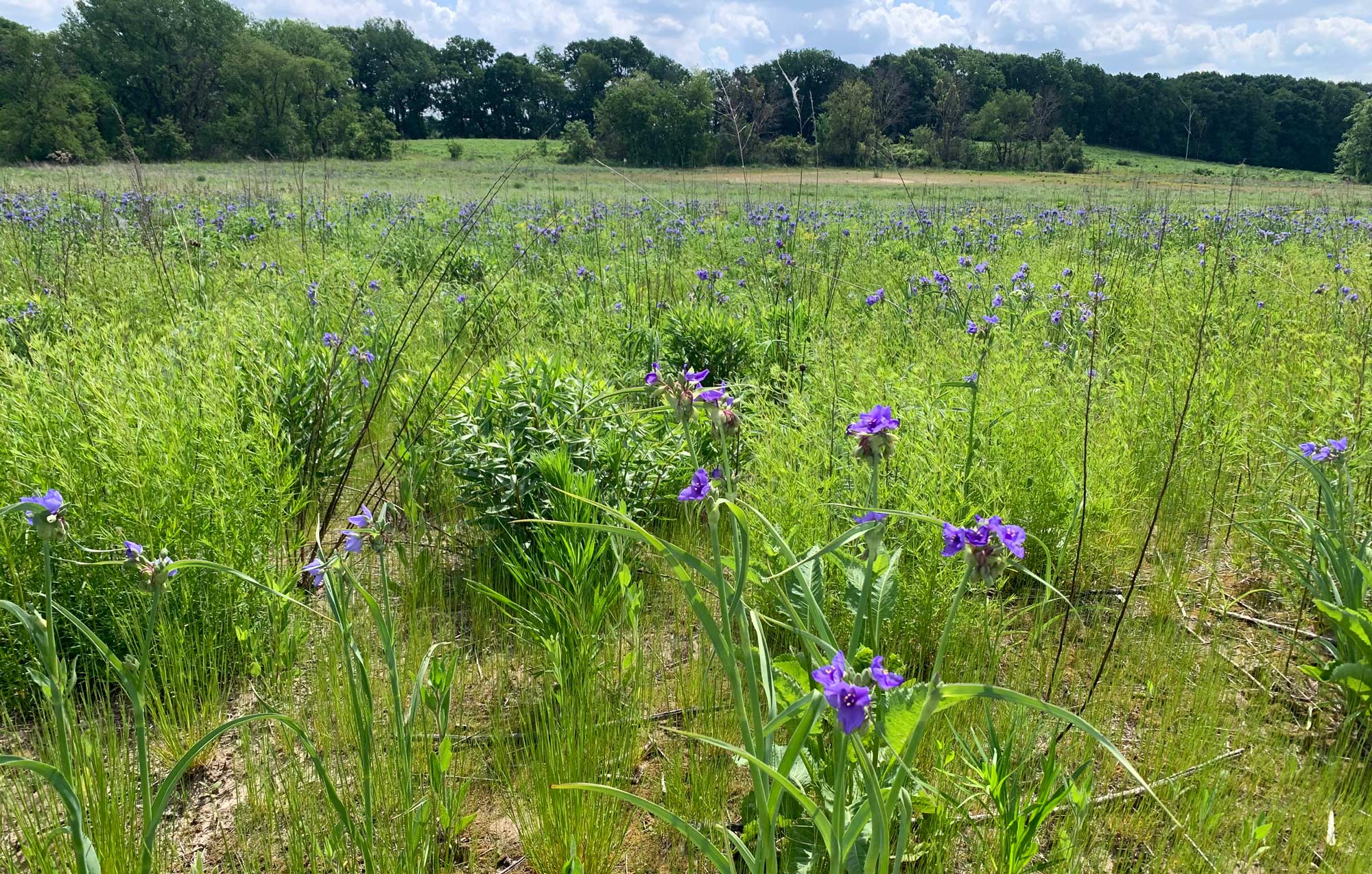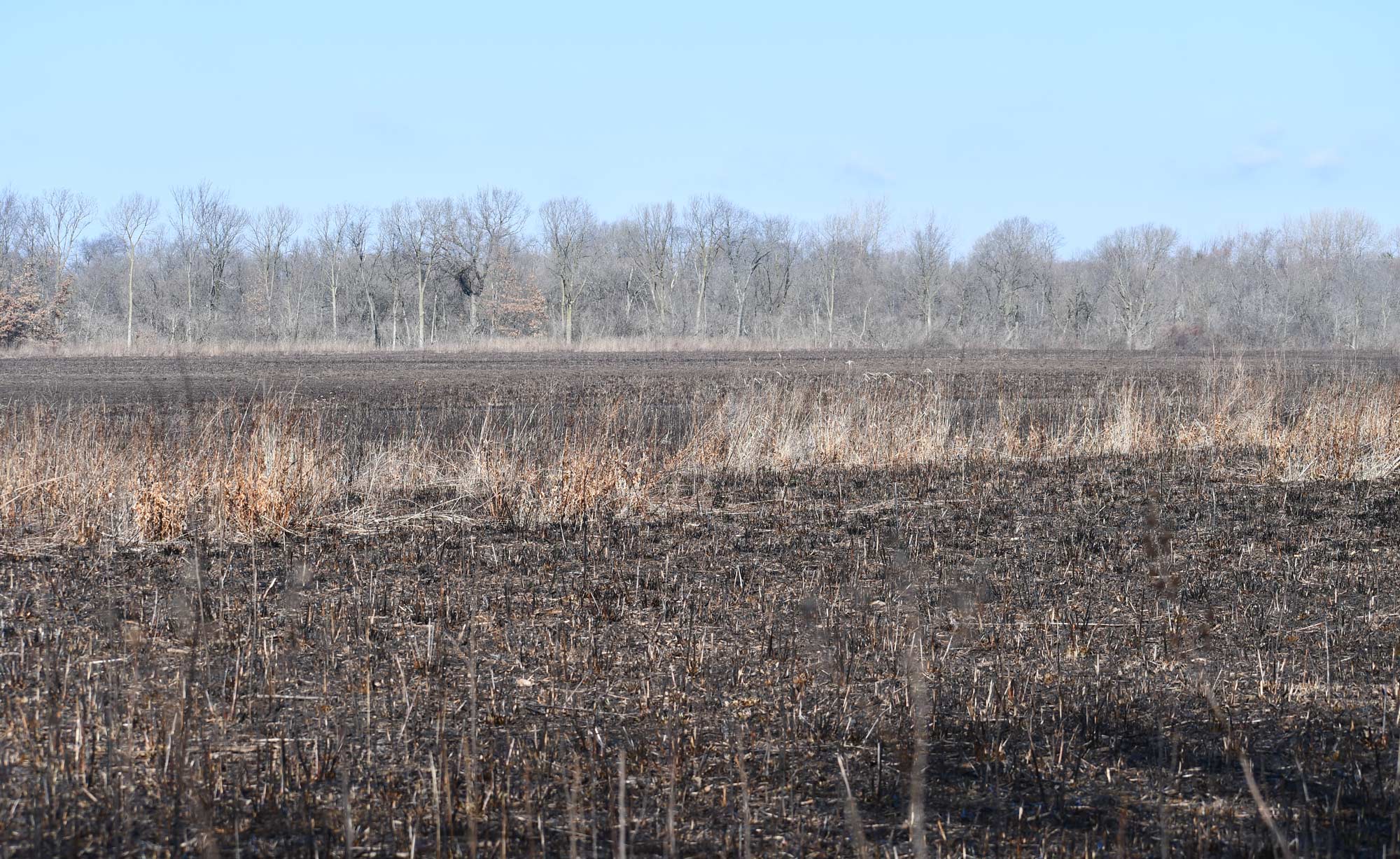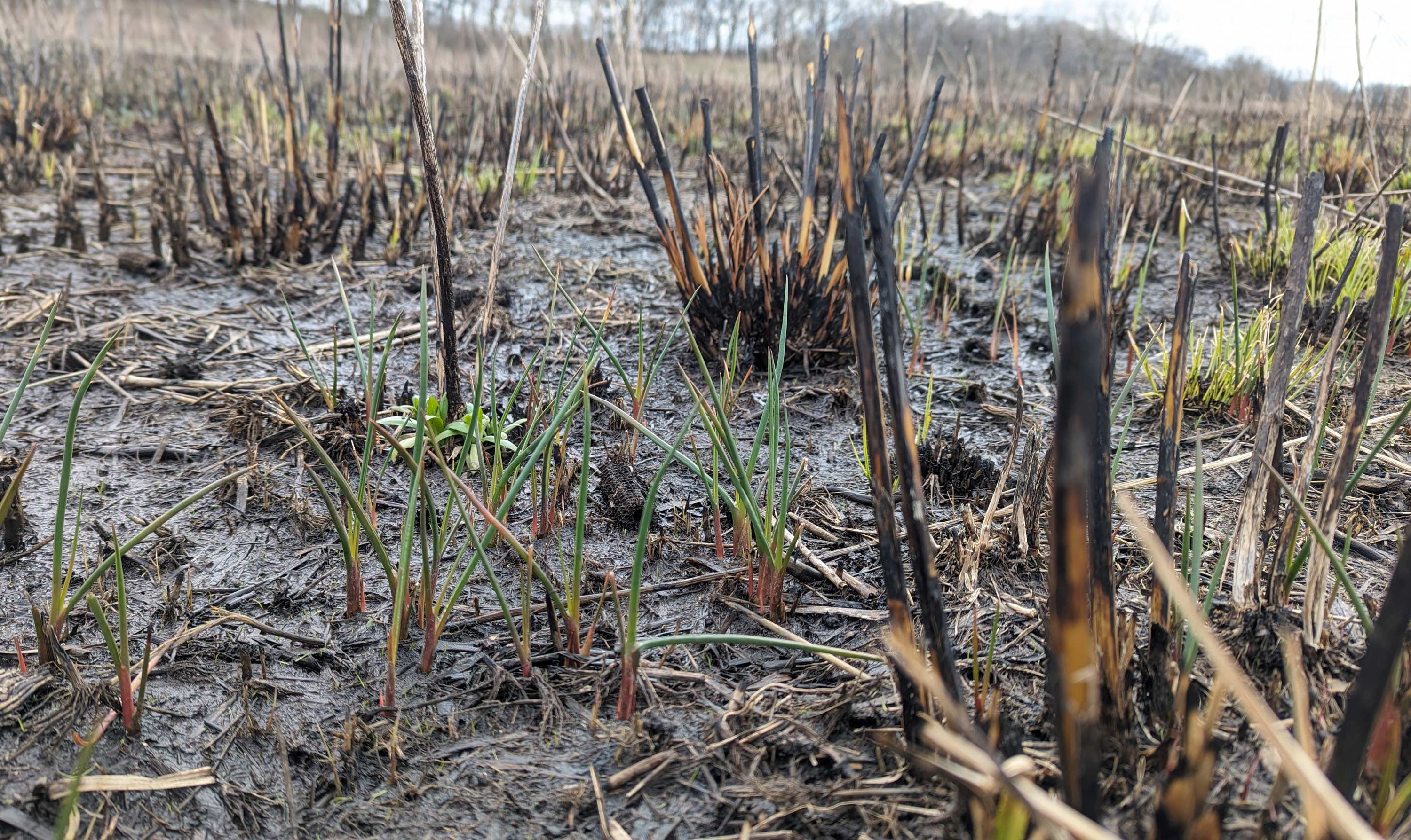Second wetland bank greenlit for restoration funding

The Forest Preserve District now has two wetland mitigation banks that will provide funding for future restoration efforts in two preserves.
“The basic concept is, if you are going to destroy a wetland, by paving it over or through construction activities or by farming, then you have to offset those impacts,” said Juli Mason, the Forest Preserve’s ecological management supervisor. “The banks will sell credits to whoever is destroying wetlands elsewhere. And funds from the sale of those credits will pay for wetland restoration projects on our property.”
A 321-acre Thorn Creek Headwaters Preserve wetland mitigation bank was approved on March 17 by the U.S. Army Corps of Engineers. This bank can be used for wetland disturbances caused by building and road development. Thorn Creek Headwaters also includes stream credits for streams that are affected elsewhere.
A 59-acre Forked Creek Preserve wetland mitigation bank is for agricultural wetland displacement, and it was approved in the fall of 2024 by the Illinois Natural Resource Conservation Service.
“Both sites were farm fields, but farm fields with drained hydric soils that were formed under wetland conditions,” Mason explained. “Once we are able to restore hydrology and get rid of the drain tiles and let the wetlands reestablish on the property, then we are able to return them to their natural state.”
Restoration efforts on the Forked Creek parcel at Butcher Lane access in Florence Township began a few years ago with native plant seeding and removal of farm tiles. Restoration involves prescribed burns, overseeding and invasive species removal.
Restoration will begin this year at Thorn Creek Headwaters in Monee Township.
Wetland bank credits
The first Forked Creek wetland bank credit was sold to a McHenry County farmer who had a small wetland on his property filled with cattails and weeds. The wetland acre was surrounded by corn on all sides and the farmer planned to drain it and plant it in the future, said Mike Glester director of operations at Evanston-based Magnolia LLC, which is administering the Forked Creek bank.
“One thing I really like about this program is that most of the wetlands that are mitigated from our banks fit this description of small weedy patches in the middle or on the edges of agricultural fields,” Glester said. “It is really heartening to know that the (Forked Creek) bank site that is compensating for those impacts is a diverse, high quality sedge meadows/wet prairie complex nested in a larger conservation property.”
Woodridge-based V3 Restoration is administering the new Thorn Creek Headwaters bank.
“Our mitigation experts are incredibly passionate about restoring native ecosystems," said Scott Brejcha, V3 ecological services leader. "We specialize in addressing environmental impacts to revitalize natural habitats, and we are thrilled to support Will County as we transform this wetland into a thriving environment for all to enjoy.”
Magnolia and V3 will sell the credits, collect the money and send the Forest Preserve its portion. Credits are usually sold on a 1-acre basis, but they can be as small as 0.10 of an acre, and the credits will be phased in during the restoration process and not sold all at once so there is funding available to maintain restored areas until they are established.
”It’s wonderful to be able to have a funding source to do these really high-quality restorations and to do them well,” Mason said. “This is a way to offset the negative impacts of development.”
 A view of Forked Creek immediately after a prescribed burn. (Photo by Anthony Schalk)
A view of Forked Creek immediately after a prescribed burn. (Photo by Anthony Schalk)
‘Kidneys of the environment’
Wetlands are protected under the Clean Water Act, Mason said.
“Wetlands are often characterized as the kidneys of the environment,” she explained. “Just like the kidneys in the human body filter out impurities and pollutants, water that goes through a wetland and exits the site into a stream network is much cleaner. They have a water quality filtration function. And they are also important as habitat for a whole suite of plants and animals including ducks, birds, frogs, turtles, snakes and insects.”
Wetland mitigation bank revenue could last on these two sites from five years to 20 years based on the demand for wetland credits.
While analyzing the District’s property for sites that would be served by the money, other preserves also were in the running and they could be in the program in the future, Mason said.
“I’m sure we will consider expanding it on other properties,” she said.
 A view of the landscape weeks after a prescrived burn with plants emerging from the ground. (Photo courtesy of Magnolia IL LLC)
A view of the landscape weeks after a prescrived burn with plants emerging from the ground. (Photo courtesy of Magnolia IL LLC)
